Boat anchors and how to anchor your boat are seemingly confusing but surprisingly simple. We spent over 300 nights on anchor through many different conditions over two years and we’ve compiled all of our tips and tricks for both understanding what a boat anchor is and how to effectively anchor any boat in any condition. There’s a lot of controversy on the type of boat anchor, so although we’re going to tell you what anchor we have, we’re also going to tell you what to look for when choosing the best anchor for your boat and cruising conditions.
Note: We use affiliate links which provide us a little kickback each time you use one of our links and make a purchase, without any additional cost to you. We do not recommend products that we don’t already love or have heard great things about, so you can trust we’re only suggesting great products to you.
What is the Best Boat Anchor
The best boat anchor has a certain set of characteristics.
- It is designed for the bottom conditions you are boating in.
- It is the correct size (sized up) for your boat.
- It can re-set itself in an emergency.
Our experience is that the Mantus M1 is the best boat anchor. As long as you purchase the correct size, it satisfies both 1 and 3. Once we upgraded our anchor setup, we never dragged the anchor. It is an all-around anchor, meaning that it works on most bottom conditions, which was important as our cruising grounds were constantly changing on the Great Loop. It has a roll bar combined with a sharp pointed fluke, which gave us the confidence that in an emergency, we could be sure that the anchor would set properly.
In reality, any new-generation anchor like Mantus, Ultra, and Rocna, will be solid choices. You will want to stay away from older technology anchors like CQRs, Bruces, and Fortresses. Those may perform in certain circumstances, but what you want in an anchor is to perform well in almost all circumstances! It’s no uncommon for full-time cruisers to travel with multiple anchors. We often see boats with a Mantus or Rocna as their primary anchor and a fortress for the rare occasions when that anchor type is best.

What are the Parts of a Boat Anchor
There are four crucial parts of modern anchors. Starting with the fluke, the piece that digs into the ground. Next up is the shank, the bar connecting the fluke to the swivel. The swivel is what connects the shank to your anchor chain. Finally, the roll bar (not present on all anchors) is connected to the fluke, allowing your anchor to roll over and be appropriately set.
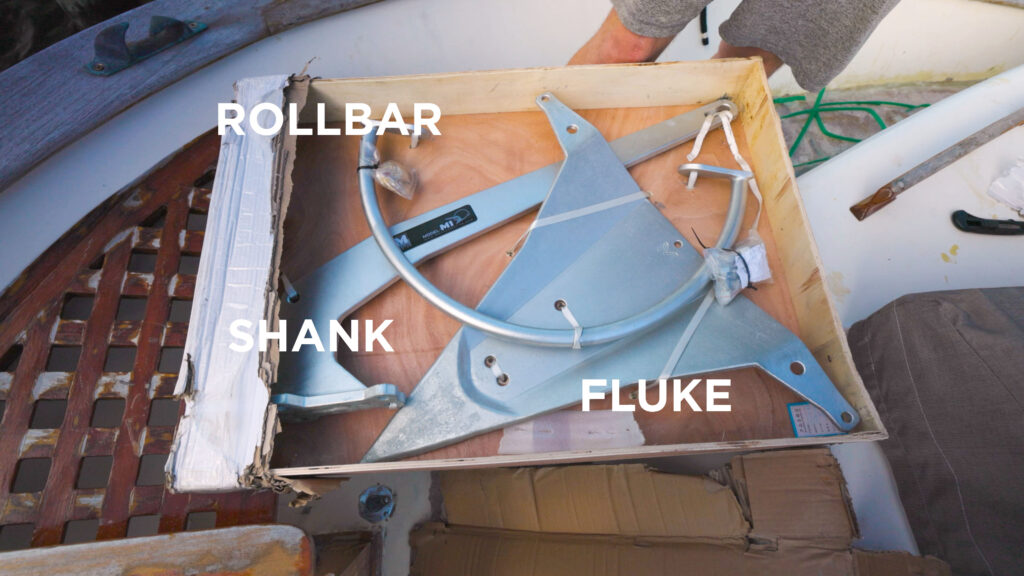
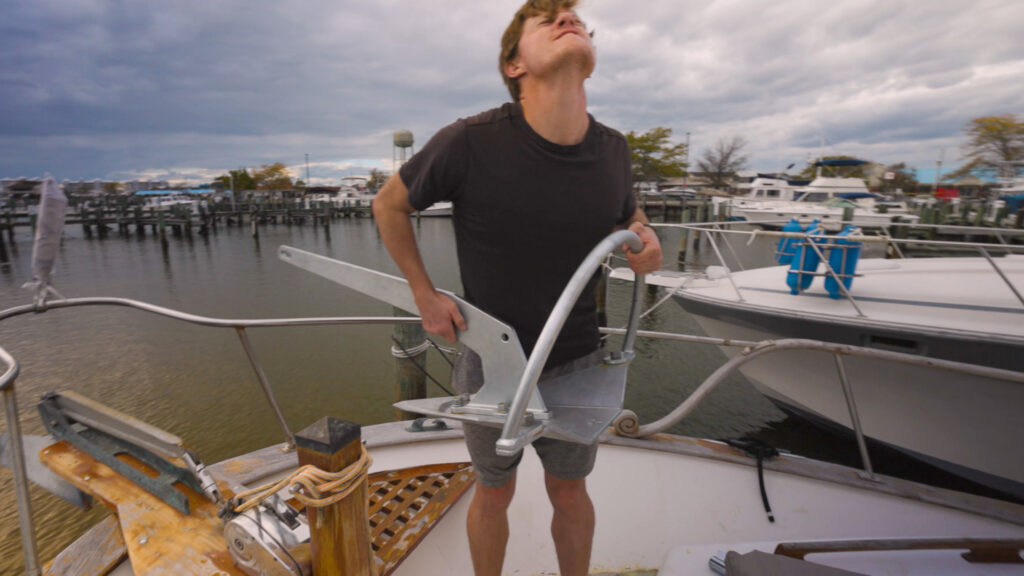
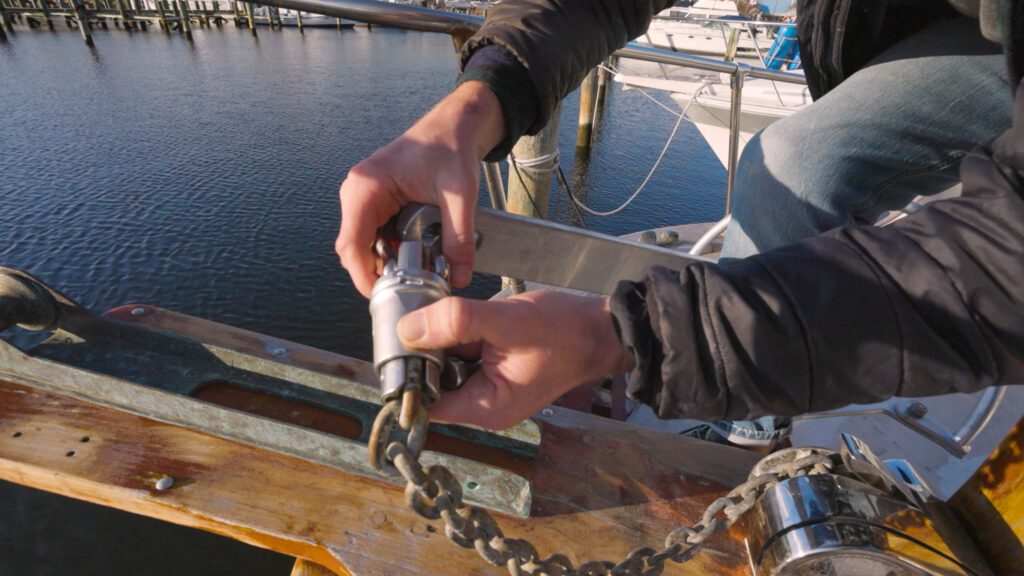

How Heavy of An Anchor Do I need
The general thought on anchor size is expressed well in the joke, “if someone walks along the dock and laughs at how large your anchor is, it’s almost big enough.” With that being said, the bigger, the better. Our general consensus is that if we’re in a storm, we don’t want to regret not getting a big enough anchor or the right equipment to feel safe, comfortable, and confident in our ground tackle (aka anchoring gear).
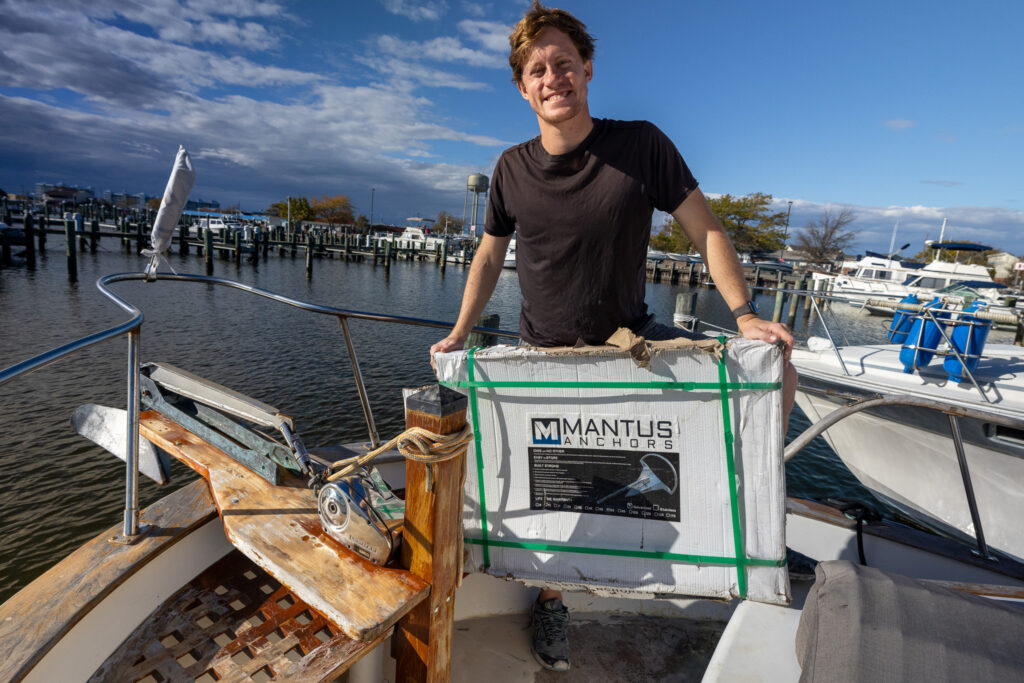
The reality is that determining what size anchor your boat needs is simple. Just look up your anchor’s size chart to find the appropriate size for your boat! Size charts are listed by length and weight of your boat, with the longer and heavier boats requiring a larger anchor. You will want to “size up” for peace of mind. If you have a windlass (equipment to pick up your anchor) that is capable of pulling up a heavier anchor, there really is no reason not to size up. However, if you are tossing the anchor and pulling it up by hand, then just keep in mind the total weight.
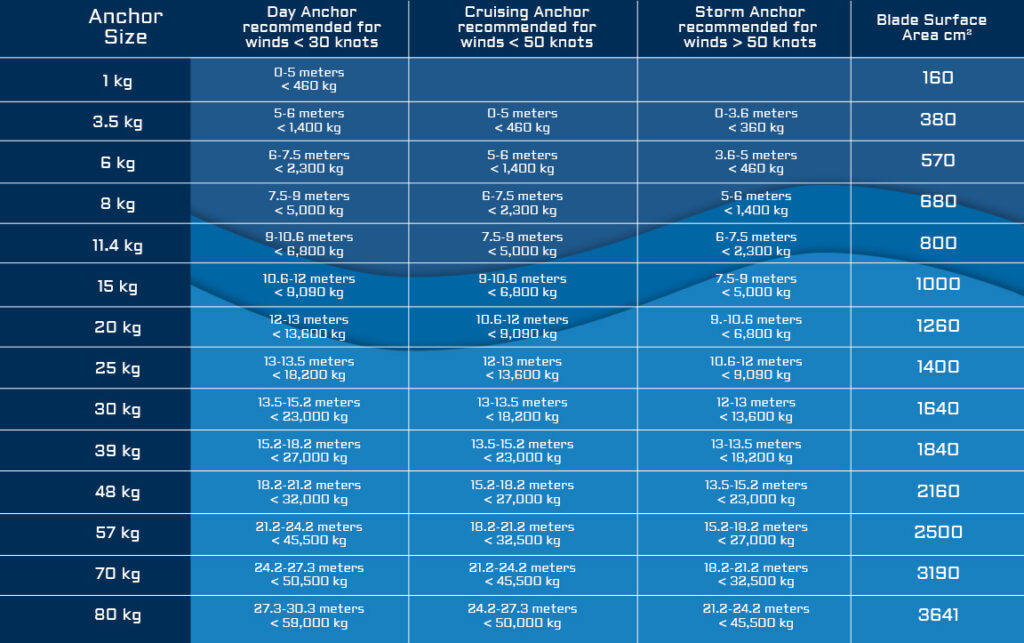
How to Anchor Properly
Anchoring properly is a skill you build up with practice. There should not be any guess-work while anchoring; you either will not move or you will drag through the water! Assuming you have the correct anchor for your boat, our five steps to anchoring will ensure you enjoy time on the hook.
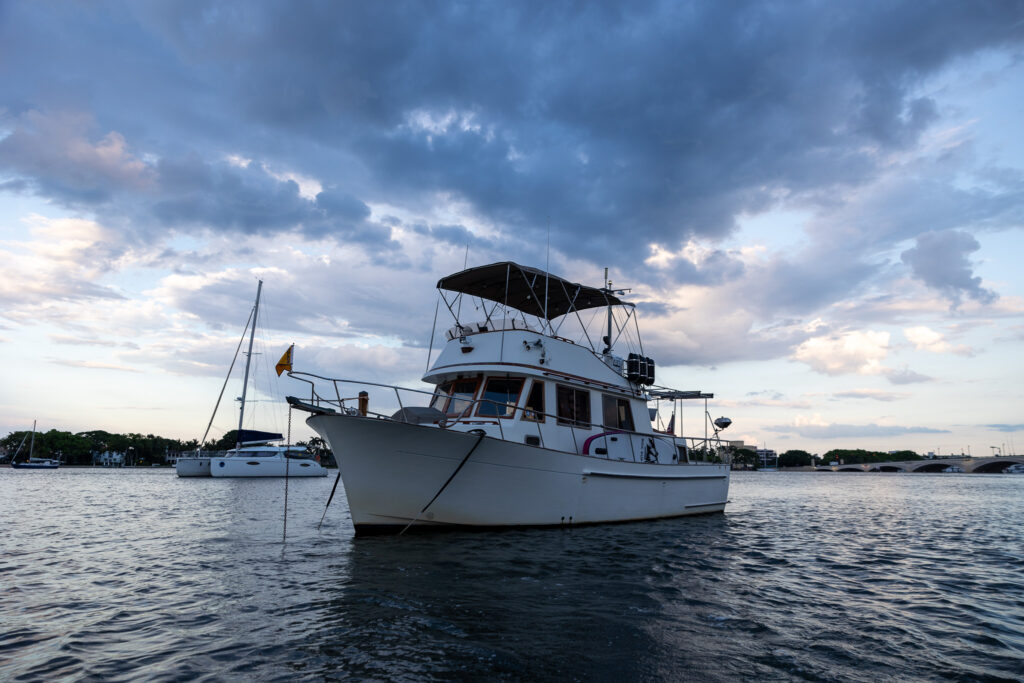
Five Steps to Anchoring
We developed the five steps to anchoring as we lived full-time on our trawler. We had to anchor in hundreds of different locations all around the easter portion of North America, and we wanted a repeatable set of steps to ensure we slept well at night, no matter the location or conditions.
1. Prepare
If you don’t choose a quality anchorage before dropping your anchor, you are set up to fail. You must take into account the weather, depth of water, and your needs while on anchor ahead of time.
2. Stop
When you arrive at your anchorage, point your boat into the wind or current and come to a complete stop.
3. Drop
Using the distance from your bow spritz to the bottom of the sea floor, multiply it by the appropriate scope (either 3, 5, 7, or 10) to determine the average amount of chain to let out. For example, in 5 feet of water with 5 feet to your bow, in medium conditions with a 5:1 scope, you will need 50 feet of chain out.
4. Set
Slowly reverse on your anchor to dig the fluke into the bottom conditions. Keep your boat in reverse until it is no longer moving because your anchor is preventing it. This shouldn’t be done at high RPM. Set your anchor alarm.
5. Secure
Put on your bridle, anchoring light or day marker, and enjoy not dragging anchor!
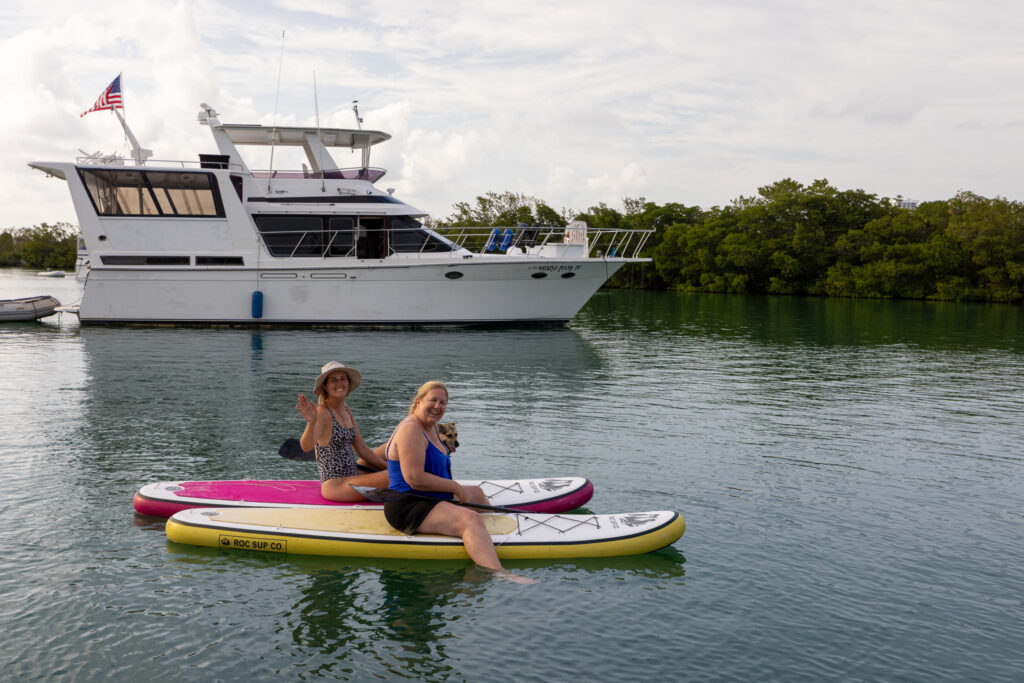
Take our Anchoring Course
If you want to learn more about the five steps above, or more about anchoring gear, what to do when things go wrong, or see the five steps to anchoring in action as we walk you through our thought process as we anchor, check out our course on How to Anchor and Love It! Our 2-hour long course goes into further detail and we share all of the tips and tricks we wish we had known prior to starting anchoring.
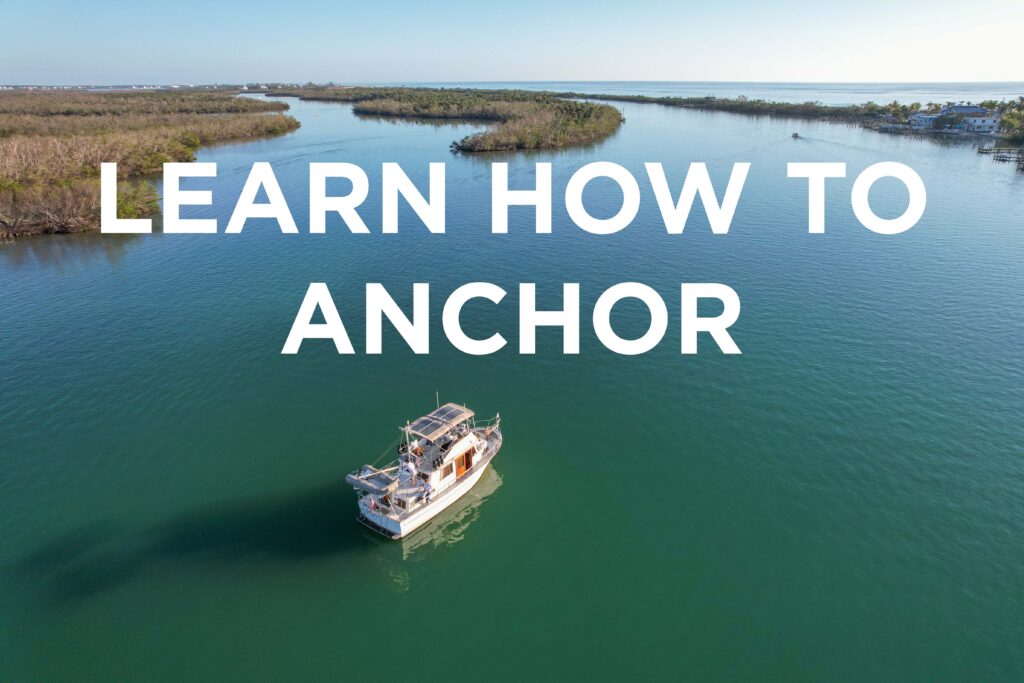
Save for Later
Save this to Pinterest to read again later!


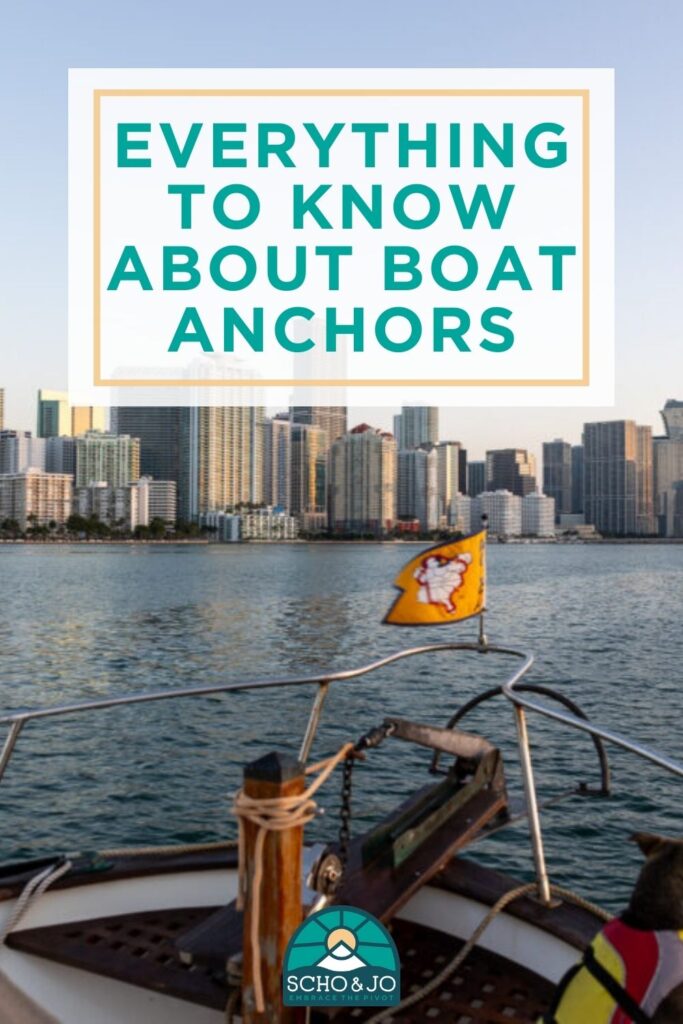

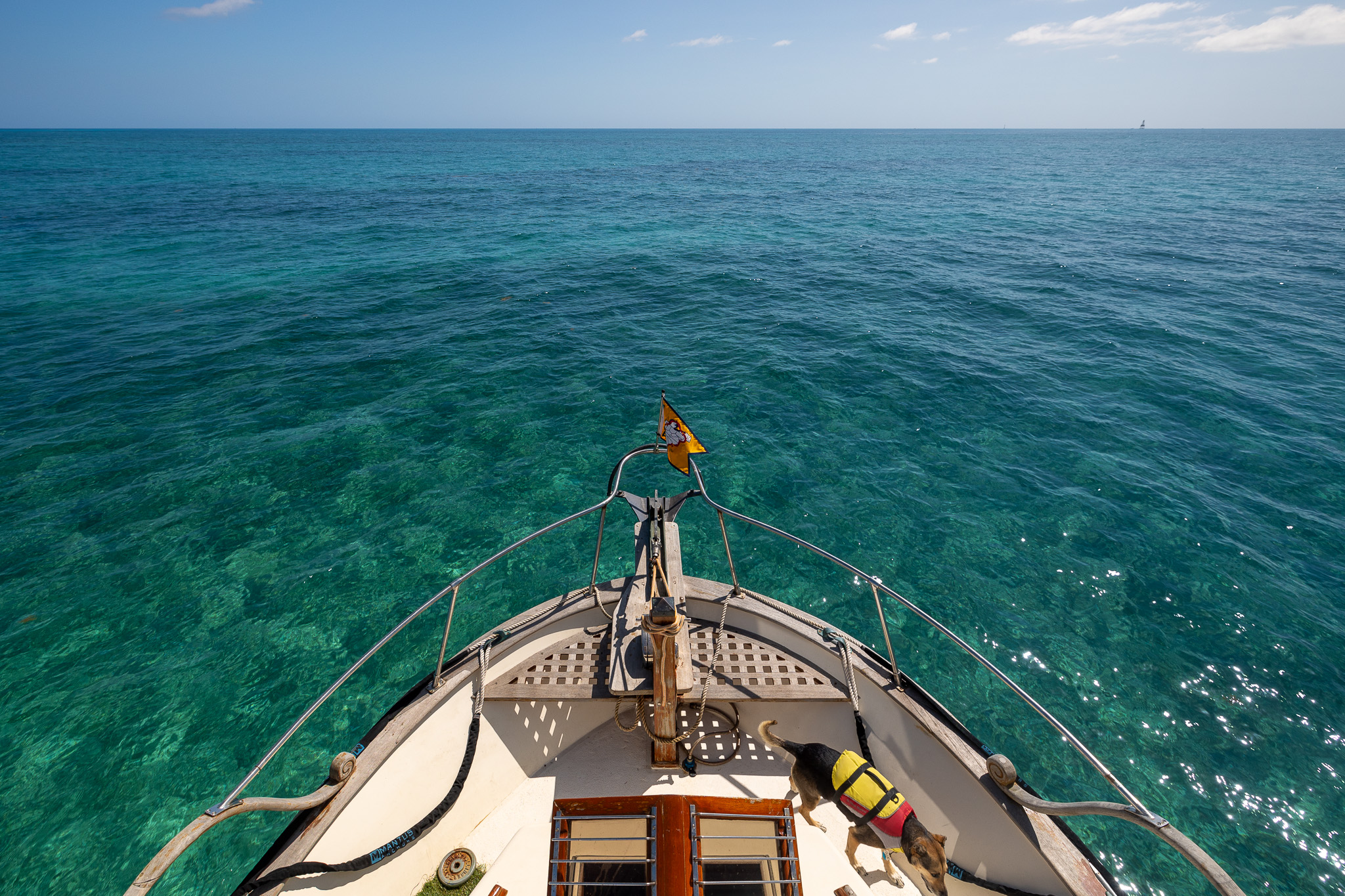
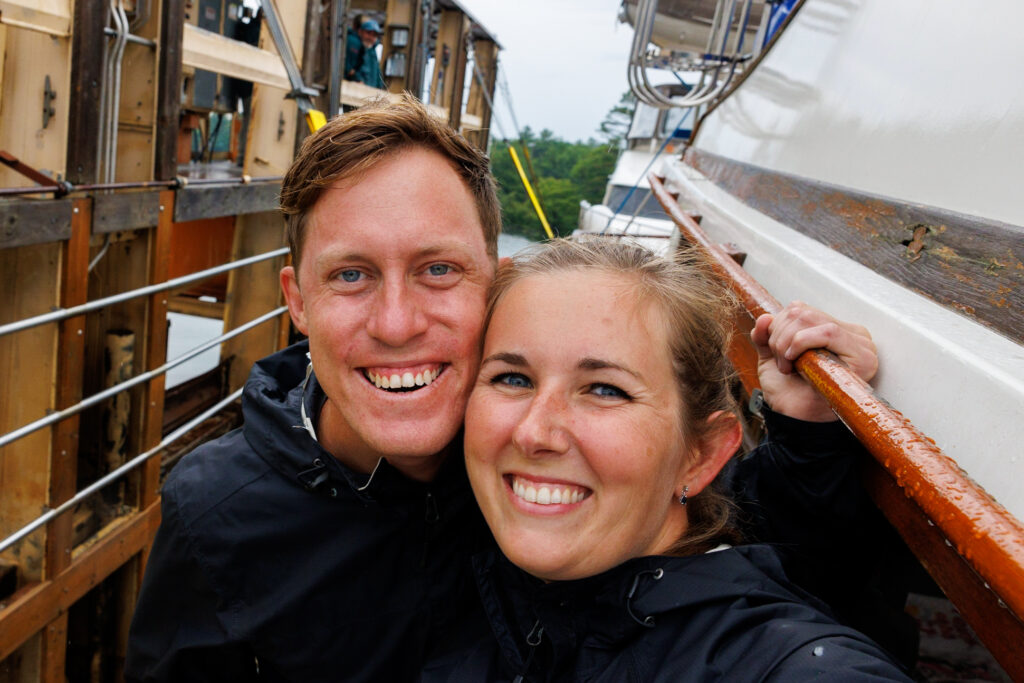






Leave a Reply